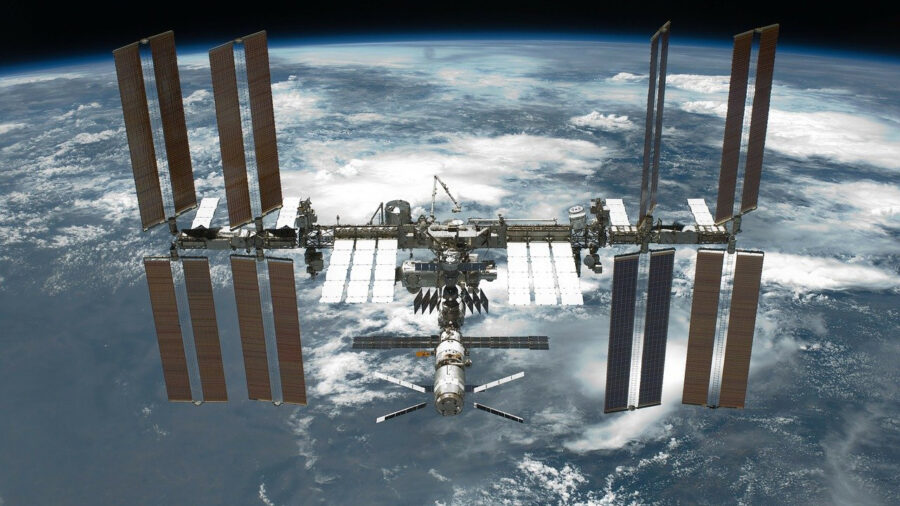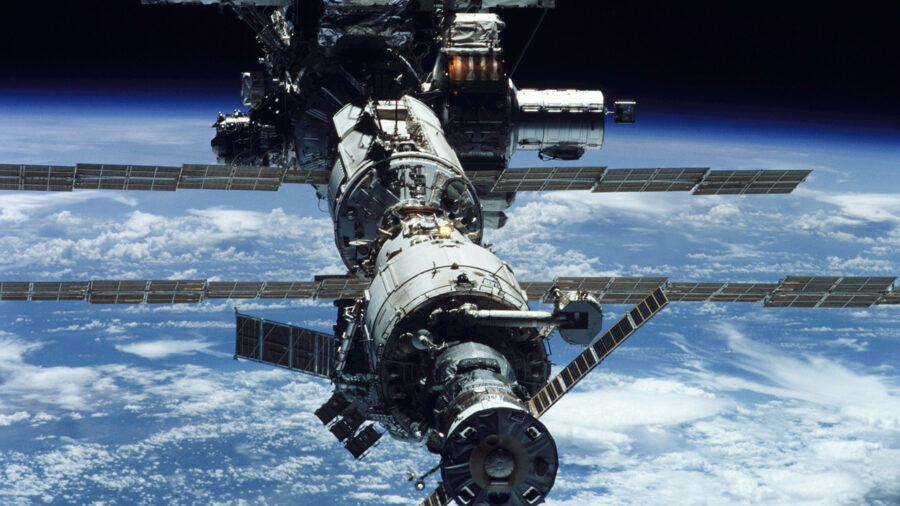Scientists Now Know Where The International Space Station Will Crashland On Earth
We know where the ISS will crash! Yay?
This article is more than 2 years old

If one wants to have a sense of awe and appreciation of human scientific achievement, they can sometimes look into the sky and spot the International Space Station. The ISS has been in orbit around Earth since the beginning of the millennium, but even space stations have to retire sometime. It was previously announced that the ISS would end its tenure in 2031, and now it’s been announced where the space station will make its fated landing.
The International Space Station will have quite a dramatic ending in the early months of 2031. After entering the atmosphere and burning up, the remaining pieces will plunge into the depths of the Pacific Ocean. What is left of the ISS is scheduled to crash into Point Nemo, which is between New Zealand and Chile. This section of the ocean is known as the South Pacific Uninhabited Area and has become the final resting place for many defunct spacecraft in the past. Since this area of the ocean is over 1,600 miles from the nearest landmass, it’s a pretty safe place to send our out-of-commission fiery space debris.
The International Space Station has acted as a base and lab for space crews from 19 countries. Operating roughly 250 miles from Earth, the ISS has allowed us to conduct microgravity and space environment research, as well as serving as a testing place for spacecraft systems and equipment. The two primary sections are operated by Russia and the United States (as well as other nations.) Obviously, we don’t want these research capabilities to go away, so the duties of the ISS will live on through commercial space stations instead.

Allowing the now technically capable private sector to build these stations, with NASA’s help and supervision, will make operations more efficient and technically proficient. NASA chose three commercial teams to lead this charge, awarding a total of $415.6 million to Nanoracks, Blue Origin, and Northrop Grumman. Using these funds, these companies will start developing concepts for low Earth orbit stations like the International Space Station. By 2025, one of these concepts will be certified to be the new host of NASA astronauts.
As for the International Space Station itself, some of it may live on in some capacity. Modules in good shape may be launched from the ISS to become part of other orbital systems. As for the rest of the decommissioned station, a crew will be scheduled to be on board for initial deorbiting operations. For its final curtain call, the station will be controlled remotely to crash into the Point Nemo spacecraft graveyard.
When the International Space Station is officially decommissioned, NASA will then become a customer of these commercial operations. In theory, NASA will be buying time for the crews of the commercial stations that they certify for their astronauts and deem suitable for their missions. This should help free up budget for NASA, allowing them to pursue more inspiring endeavors. Of course, commercial low orbit applications also mean tourism, so there’s a chance you may be able to book a low orbit ticket for yourself in the near future.












